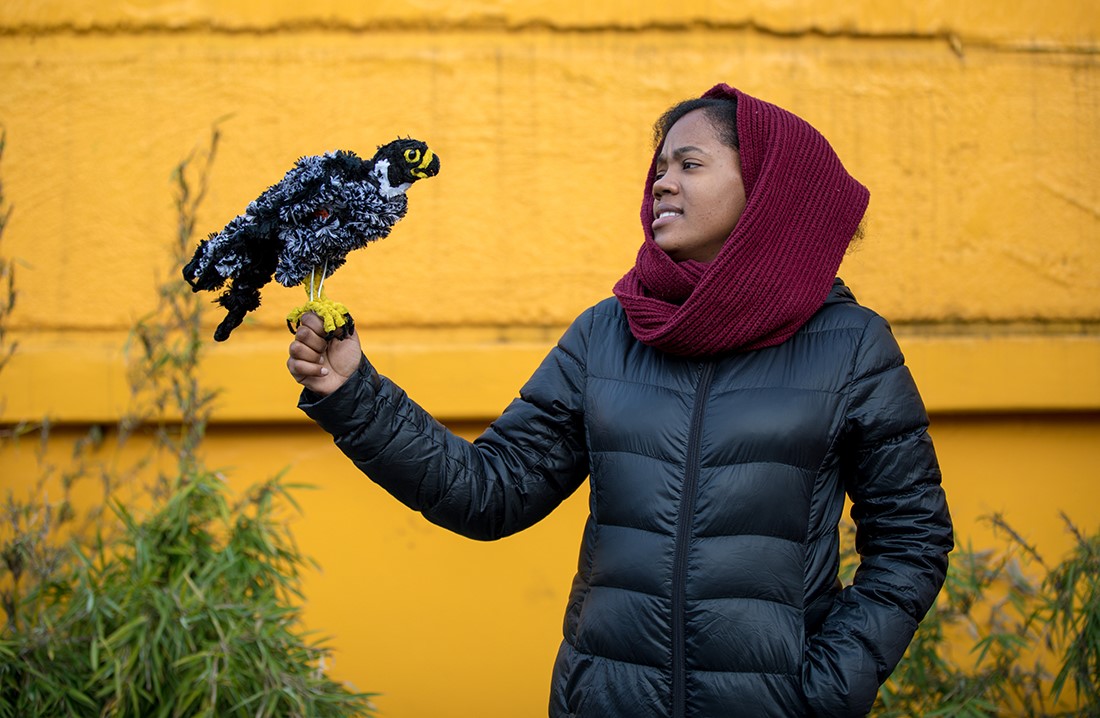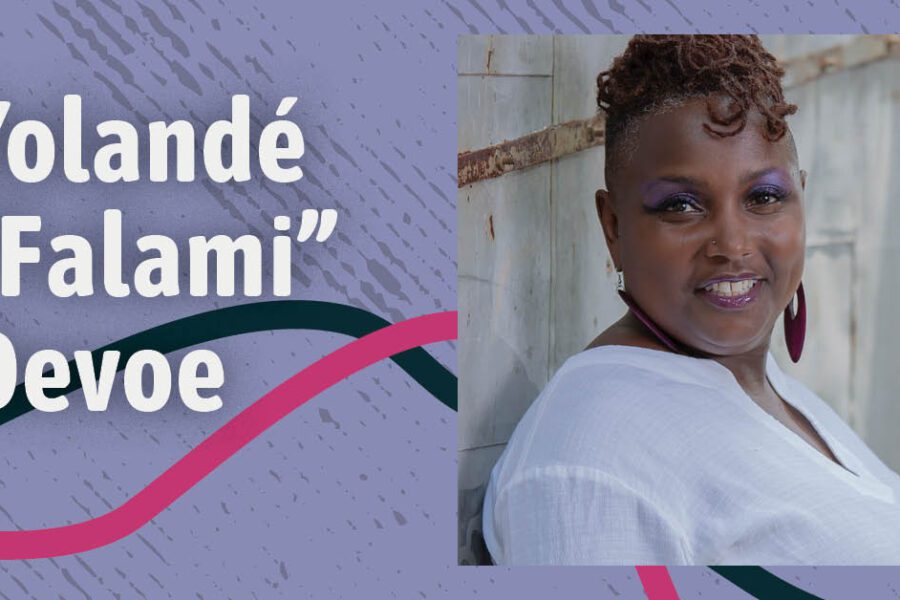Rare Birder Sightings: Bird-watching is Booming, Yet Black birders are as Rare a Bird as Exists.
Tiffany Adams is an alum of the Urban Environmental Education M.A.Ed. program at Antioch University Seattle, class of 2017. Adams is a self-trained ornithologist, artist, and urban environmentalist. This article was originally published by YES! Media and is reprinted here with permission. See the original article, here.
Tiffany Adams grew up in the Chelsea-Elliott houses, a sprawling, low-income housing project on the west side of Manhattan in New York City. There, cookie-cutter brick buildings are separated by modest courtyards with benches and tables. Trees and grassy yards enclosed by black, wrought-iron fences dot the fringes of the project. The scant open spaces could seem confining, except to young girls with dreams of growing up to become zoologists, or too tired and hungry birds navigating the Atlantic Flyway.
During her youth, Adams escaped to the natural world by watching National Geographic and the Discovery Channel. Five years ago — on a lark, so to speak — she attended a bird walk in Central Park. Looking up in the sky, she saw a world that she could not unsee, even upon returning to her housing complex. There, right outside her door, she saw an unexpected number of avian species — northern parulas, black-throated blue warblers, black-throated green warblers … She hasn’t stopped looking.
“Not too many people saw the value of birding in the projects,” Adams says. “But when they’re migrating, birds don’t say, ‘Oh no, those are the projects, I’m going to go to Central Park. I got to eat, I got to rest, and I got to find a mate. So whatever habitat is suitable to doing those things, I got to find it.’ Ecosystems don’t stop according to neighborhoods.”
A lot of people don’t get Tiffany Adams mostly because she’s Black, and, well, everyone knows Black folks don’t watch birds. Though the outdoor activity is booming in this country, birding is as White — 93 percent, according to the most recent U.S. Fish and Wildlife Service survey — as the feathers of a whooping crane. The field markings of the typical American birder would be: White, female, 53 years old.
African Americans make up 13.4 percent of the U.S. population, but according to Fish and Wildlife only 8 percent of all African Americans admit to intentionally viewing feathered creatures, making the Black birder as rare a bird as exists.
One of the uncommon species, Adams now is a self-trained ornithologist who last year completed a master’s degree in urban environmental education at Antioch University in Seattle. She also has the special ability to create various species of birds out of pipe cleaners. Even so, many people refuse to take her ornithological pursuits seriously. Her bona fides still are questioned when she posts about birds on social media.
Or friends misunderstand her passion: One messaged her with a question about a sick cat.
“My friends think either I’m a veterinarian or I’m doing this as a hobby, or that I’m a hippie — and I’ve actually been told that,” Adams says. “For a while, I really felt insecure. Ultimately, I could not stop watching birds. I’ve learned to embrace my nerdiness.”



